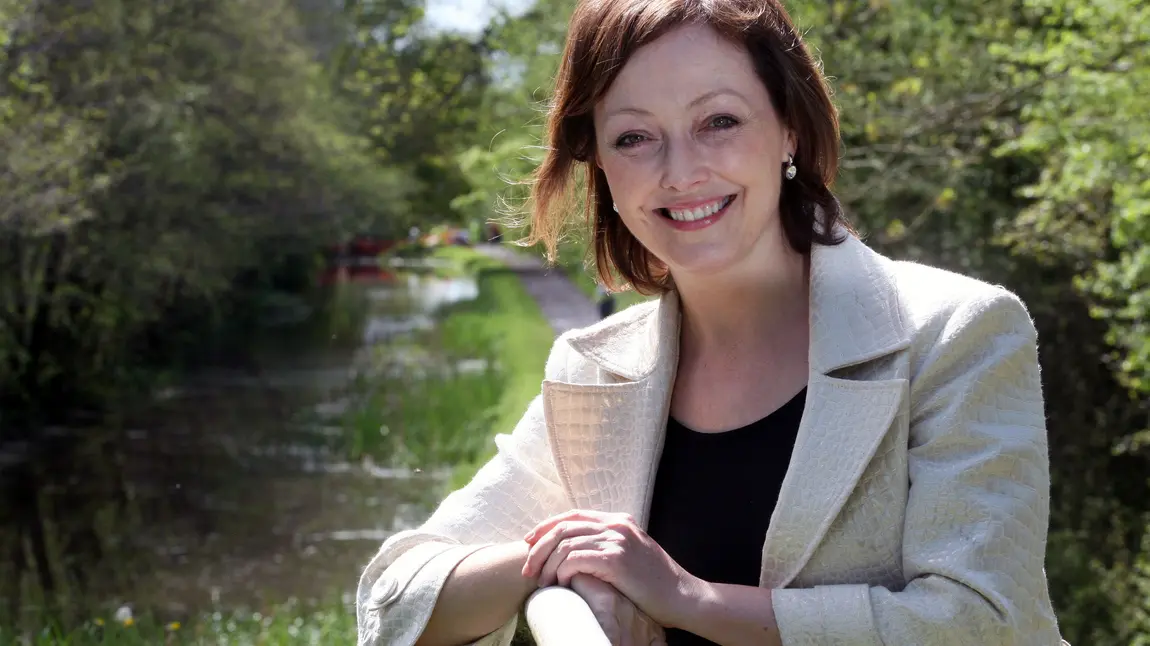Diolch Manon!

Castles and cottages, moorlands and manuscripts, old masters and apprenticeships in traditional skills. That breadth is one of the HLF’s key strengths. No definition of heritage is imposed – it is for our applicants to make the case about what is of value to them, with no limits as to whether this is man-made or the natural environment. What has been important is the inspiration applicants have found in the past to enrich their communities, celebrating shared experience and finding value in old traditions.
Over the last three years, £86million has been invested in Welsh projects. It has been a very challenging period with funding from many sources under huge pressure. In this context, National Lottery funding has been very precious and we have never forgotten those Lottery players who provide it and our responsibility to fund projects which are meaningful to as many of them as possible. Trustees scrutinise business plans in minute detail to assess financial sustainability, but a vital component of sustainability in the final instance is the passion and enthusiasm of communities who will make sure that the projects are supported long after the funding is spent.
For my farewell card, colleagues chose an image of me cradling the Boston manuscript, a 14th-century copy of the Laws of Hywel Dda which HLF-funding enabled the National Library of Wales to purchase, repatriate from America, conserve and subsequently display in its proper context. It has features that illuminate both the theory and practice of the law in medieval Wales and has proved a rich research resource. HLF colleagues knew it was particularly close to my heart as I have undertaken research in similar fields, but it was also part of a batch of projects that between them amounted to over £14m of investment in Welsh heritage in the course of a single month in 2012.
The bulk of that, £11m, the largest grant ever made to lities and interpretation to a standard suitable to accommodate nationally important collections on loan – bringing valued local heritage treasures home.
Exceptional though that month was in financial terms, it was not untypical of the range of applications that we considered. I have visited many projects that have required only modest funding, but have still brought communities together to strengthen intergenerational links; grow in confidence and sometimes reconcile in greater understanding of their heritage. The Scarlets Heritage Trail, the Monmouthshire and Brecon Canal, the spectacular observatory built by the Montgomeryshire Wildlife Trust for the Ospreys in the Cors Dyfi Nature Reserve.
The HLF has also embraced its duty to act as a voice for the sector, given the influence it has as a prominent funder. This has led to initiatives and symposia that have brought people together to talk about creative responses to new problems, draw attention to dangers and promote innovation.
We’ve seen the benefit of this in a thriving and popular heritage sector with notions of heritage moving on from that sense of dusty relics in elite corners to becoming part of popular debate. We know that heritage touches a chord with people everywhere from their determination to protect the hearts of their communities. Nowhere is this clearer than in Wales, where there is growing understanding of the part our heritage assets can play in contributing to the visitor economy; through cultural and social regeneration; and the development of places where people want to live and work. Heritage tourism is a central plank of the Welsh Government’s tourism strategy, with our compelling industrial heritage, arresting landscapes and distinctive chapels and villages elevating Wales’s identity within the UK and overseas.